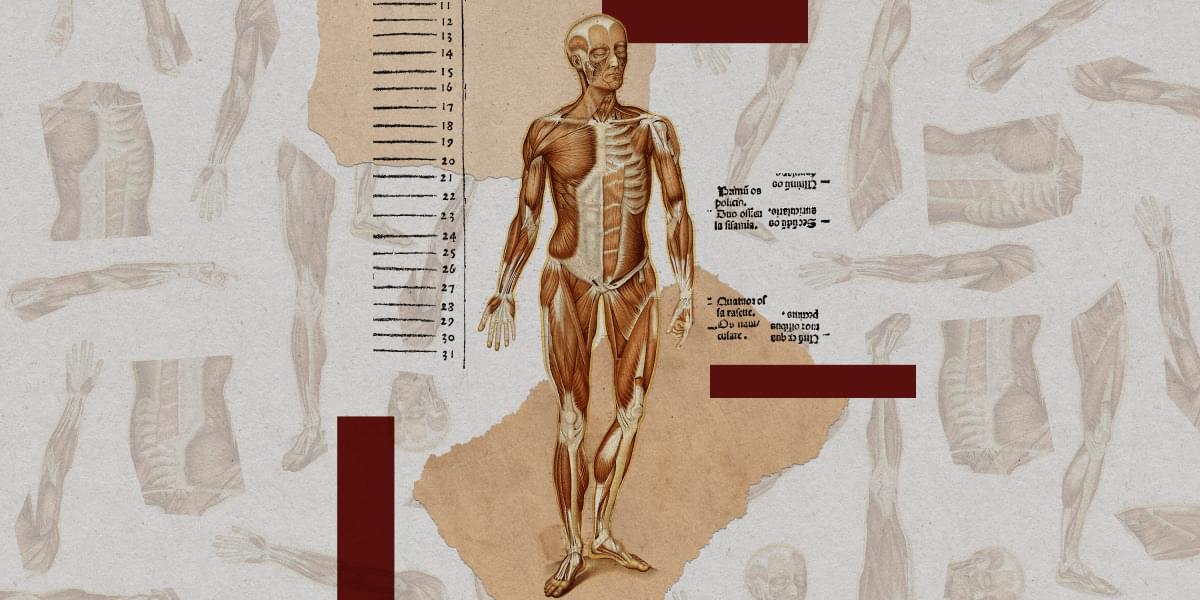All manner of companies and tech leaders have been predicting when AGI will be achieved, but we might have one of the surest signs that it’s already here — or is just around the corner.
Google Deepmind is hiring a Post-AGI researcher for its London office. As per a job listing on internet boards, Google Deepmind is looking for a “Research Scientist, Post-AGI Research”. “We are seeking a Research Scientist to explore the profound impact of what comes after AGI,” the job listing says.
“At Google DeepMind, we’ve built a unique culture and work environment where long-term ambitious research can flourish. We are seeking a highly motivated Research Scientist to join our team and contribute to groundbreaking research that will focus on what comes after Artificial General Intelligence (AGI). Key questions include the trajectory of AGI to artificial superintelligence (ASI), machine consciousness, the impact of AGI on the foundations of human society,” says the job listing.







